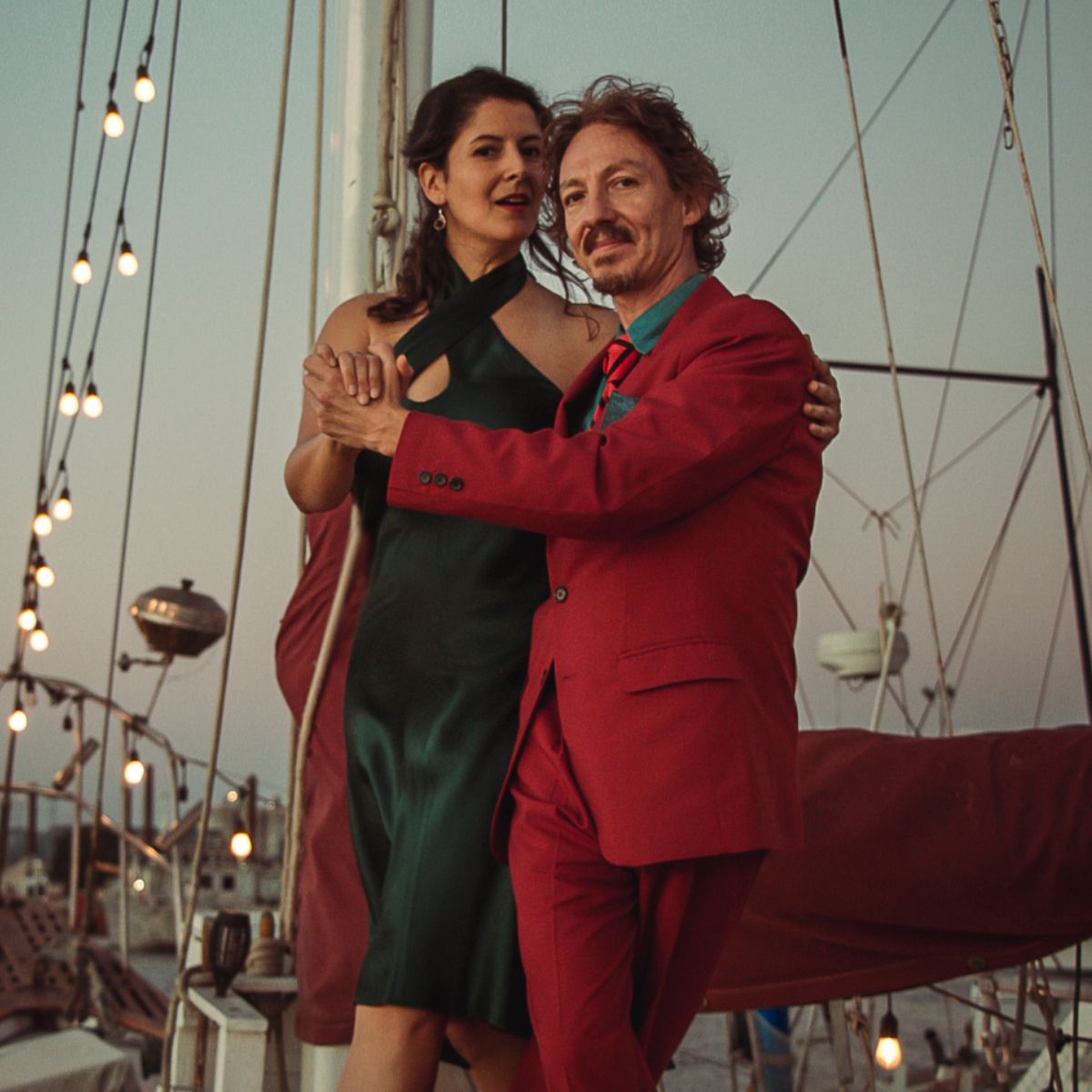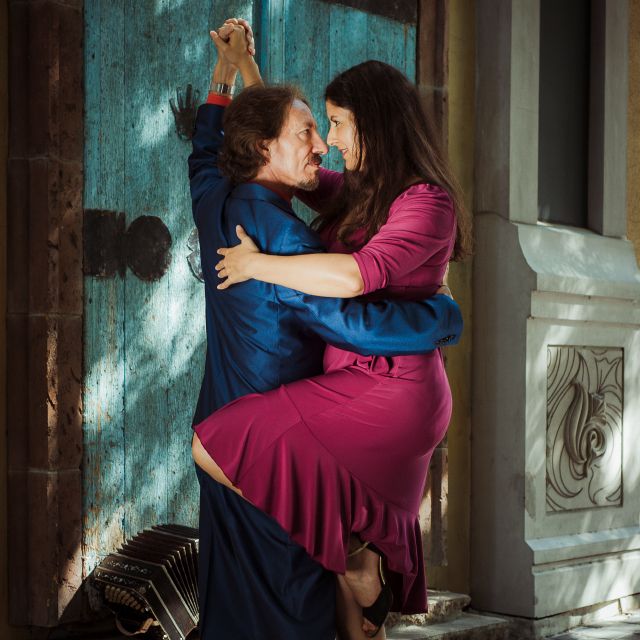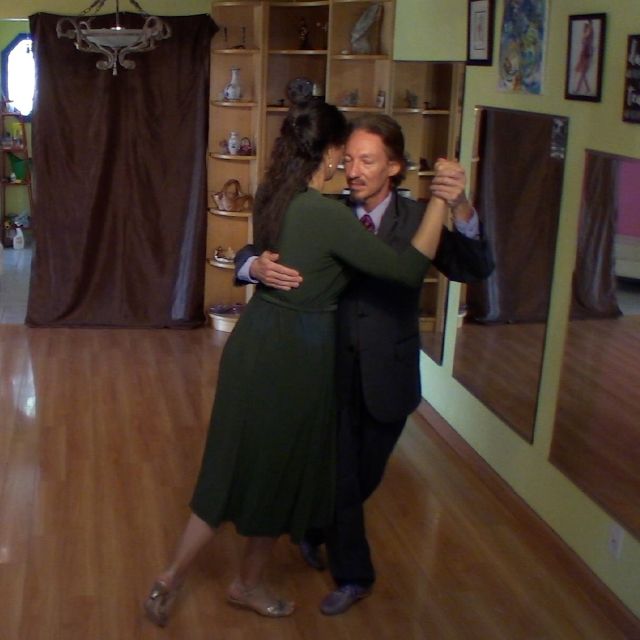Why is technique so important in Argentine Tango?

Technique and body awareness
Restarting in-person classes and going to several milongas every week made me reflect on using my body efficiently, preventing getting exhausted and injured by doing what I love to do.
The technique has to be a way to use our body efficiently, energizing and healing us.
Efficiency is beautiful.
When a movement is technically correct, it is effortless and elegant.
Pain is a symptom that tells us that we are making an unnecessary effort.
A movement made technically correct is gratifying.
To incorporate a particular technique is necessary to repeat. However, repetitions need to be limited to avoid stressing ourselves, provoking damage and exhaustion.
The best is to cycle through a set of different exercises, doing a few repetitions of one exercise and move on to the next one, eventually returning to previous exercises, perhaps making cumulative additions.
Good technique is the result of patience training. Anxiety to achieve results does not help, neither to be too self-forgiving or compliant.
It would help if you could regularly work on your technique. A little every day works better than a lot in one day, with large vacuums in between training sessions.
What is the goal of a good technique in Tango?
To allow you to move comfortably and expressively while giving your partner a comfortable and expressive space and time next to you, in a social setup, with other dancers sharing the same dance floor.
Remember to work on the technique with joy and expressivity instead of mechanically going through the exercises.
Good technique should provide character to your dance.
It goes beyond measures, geometrics, and calculations. You can start with “where to place my foot,” “in which angle,” and “how straight or bent my leg needs to be” to develop later a manner of moving that tells a story and awakes emotions.
Learn the technique to forget the technique
A student told me a personal story that may be familiar to you, as it was very familiar to me: she got injured, and in the process of recovering, she needed to move. She would play music and move freely to the music, dancing. Then she realized that she was moving with good technique, without paying attention to the matter. All her work on technique was paying off, only after she stopped putting the technique at the forefront of her conscience.
Often we need to simplify things to learn and incorporate them into our knowledge and habits. However, remaining in the simplifications makes us miss all the richness of a mature dance.
The technique should open you to reveal the nuances of your persona to yourself, creating your dance as a work of art.
Good technique allows you to generate qualities for your movement.
One quality of great importance and often forgotten is sweetness.
The technique is personal
Too much information obtained from too many sources could be distracting from what you only can do because you are in the best position to know what you need to focus on and how best to approach the organization of the exercises that would allow your improvement. Until you do not take full responsibility for what you need to improve, all your taken technique classes won’t be effective.
To avoid the subjectivity trap, share your exercises, thoughts, and observations with your teacher.
Working to improve your technique is only one of the necessary actions to give meaning to your dance.
The technique is effective if it overflows to all your life. Therefore, good technique is meant to improve aspects of your life that transcend your direct dancing activity.
Other things affect your dance also: sleep deprivation, lousy eating habits, unhealthy lifestyle, and negative emotions like fear and anger.
Pain sometimes stems from our lack of awareness. The inefficient use of our bodies is reinforced by habits of negating pain, giving our perceptions no importance, and forcing our bodies to obey unhealthy and self-destructing ideas in our minds.
One habit of being aware of is sleep deprivation.
Your dancing gets greatly affected by your sleep.
However, we believe it is necessary to deprive ourselves of the essential sleep hours, disregarding evidence that this habit is undeniably unhealthy and won’t balance the supposed gains made by using our much-needed sleep time.
Changing habits
Changing our habits is presented to ourselves by the accepted mindset as a too difficult endeavor, even knowing that the ultimate alternative is a failure. So, sadly, we condemn ourselves.
The same way as we are proceeding with our planet’s environment.
We do not dance when we fill up our time with tasks that prevent us from dancing, from getting to know our bodies, and by that, ourselves. At some point of this build-up, we become so entangled that it appears too costly or disruptive for our lives to dance, to get to know ourselves and others better.
The year 2020’s shut down of activities brought us to choose those activities that we value as essentials to our existence. Yet, as the whole world resumes, we are in danger of missing the opportunity to reset our lives to the way we realized that makes sense to live.
A good habit worth incorporating
I like to think that I could be a smoker, lighting up a cigarette every time I have nothing to do, having a sad thought to mourn, or a happy feeling to celebrate, but instead, since I do not smoke, I stretch.
After focusing on your technique, remember that you started the dance journey to enjoy dancing and care about your partner’s enjoyment. If you are not enjoying it, you are not letting anyone enjoy it either.
Also, dancing itself provides you with opportunities for improvement. Since we repeatedly cycle through the movements, you can approach your dancing as if you were kneading dough, getting it better at each round of kneading.
Every dance you dance should be better than the previous one. You can organize your dance strategy with such goal in mind, in the way you deliver your energy, in your choice of moves, partners, milongas, when to rest and when to dance.
Dancing is neither purely rational nor only intuitive. You dance, then, making “holistic calculations.”
Do you think a dancer’s technique is indifferent to their human qualities? Meaning, can someone be a good dancer without being generous, kind, and forgiving? I’d like to know what you think.
Please share your thoughts with me clicking here…
Would you be interested in an in-person workshop on technique I am planning?
If so, put your name on the list:
Here are some exercises for you:
Continue learning Argentine Tango:
More articles about Argentine Tango

How to dance Argentine Tango?
An introduction to the most important details
Find the answer













